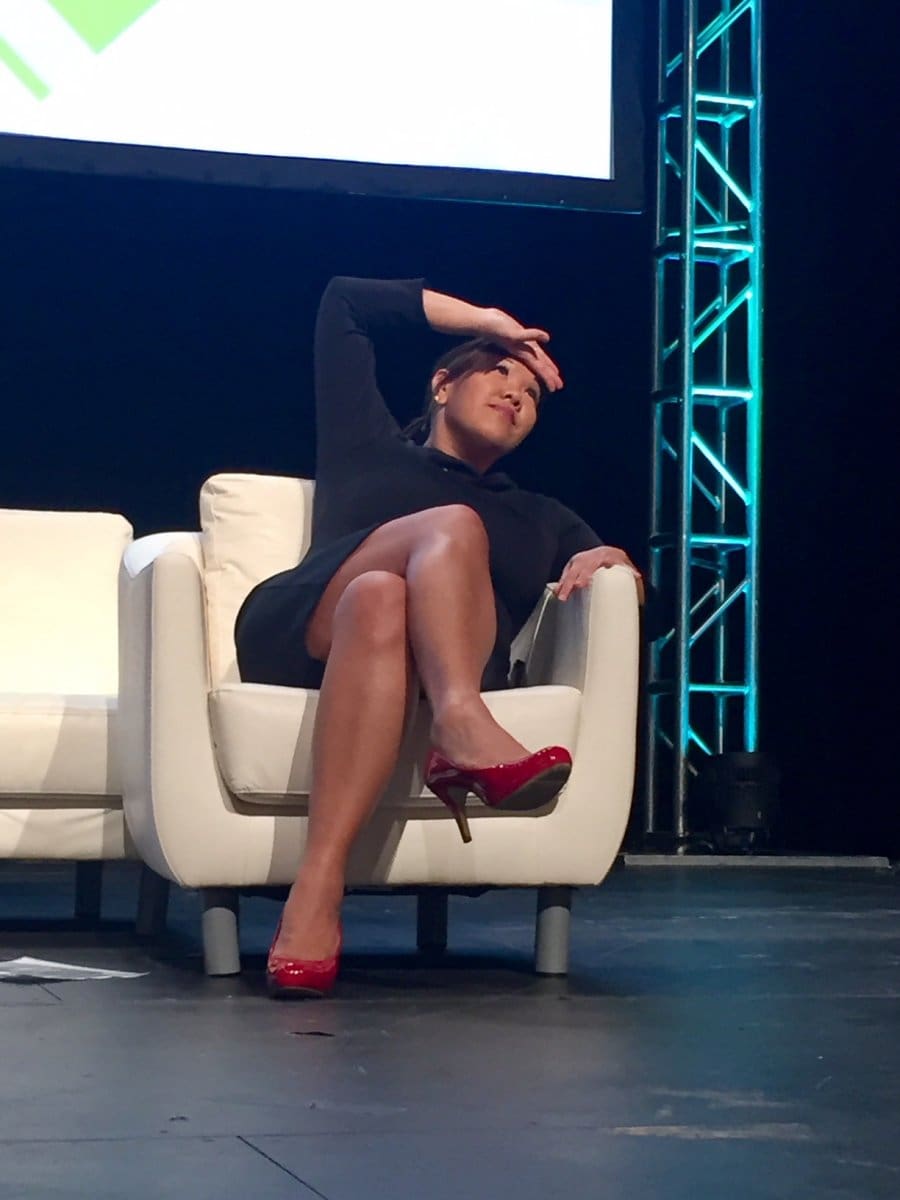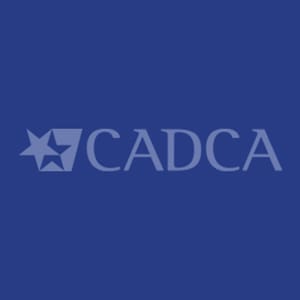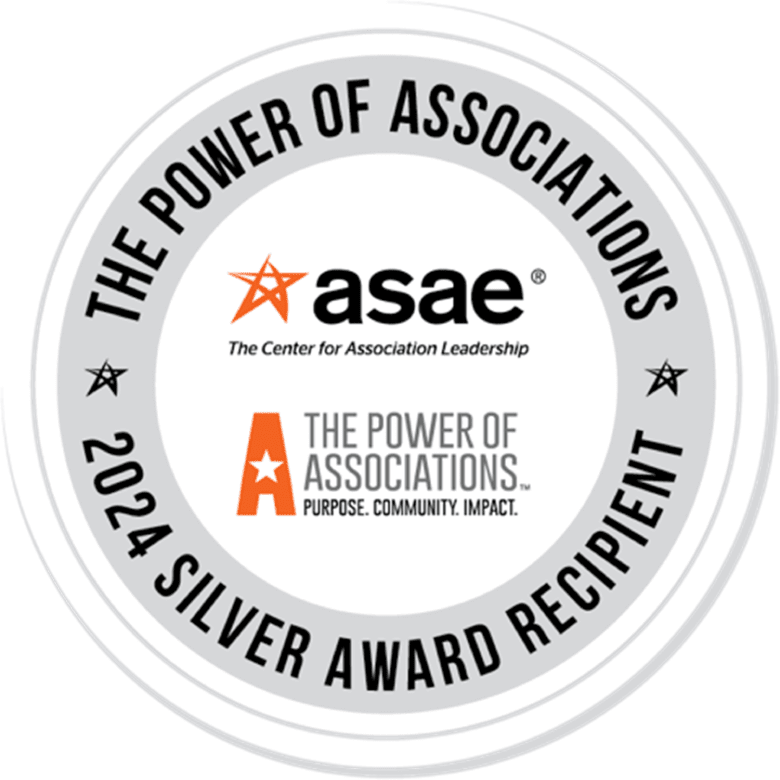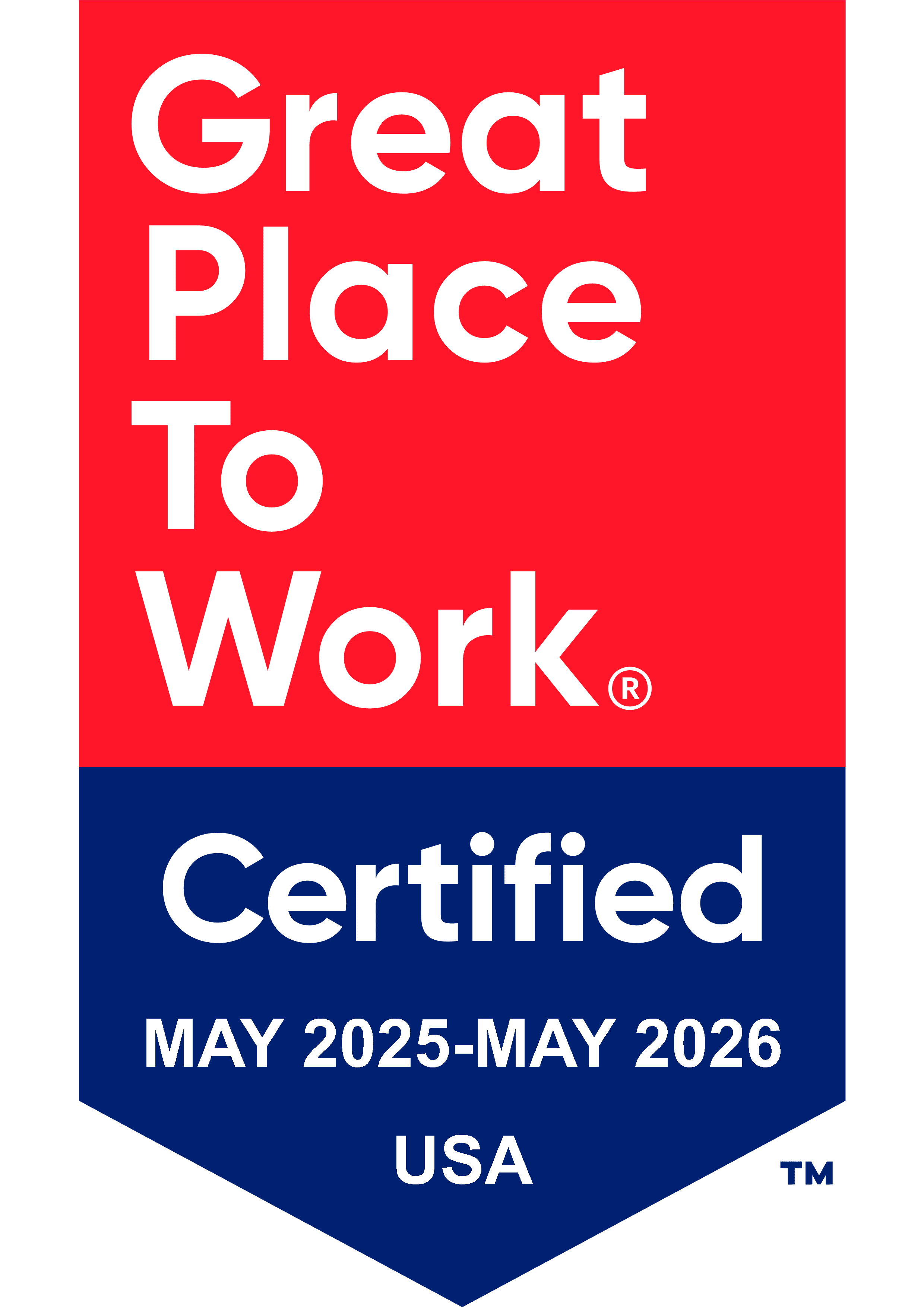Name: Melissa-Kim Tom
Position: Deputy Director, Training, Technical Assistance and Outreach
Years at CADCA: Three in May
1) How did you get started in prevention work?
I started prevention work in high school by being a cheer coach for girls in my community. In addition to being a coach, I become a mentor and a part of these young people’s everyday support system. I continued coaching while going to college, then in 1999, I became a facilitator for the Coalition for a Drug-Free Hawaii’s (CDFH) Strengthening Hawaii Families Program. Being involved in programs that contributed to the wellness of youth and families fueled and directed me toward a college degree in Family Resources. After college graduation, I got an opportunity to go back to CDFH, first as a Prevention Specialist, then a Community Coordinator and eventually a Program Manager. In addition to grants management, my focus was on substance abuse prevention with an emphasis on gender-specific programming for girls; evidence-based models focused on family strengthening, HIV prevention and suicide prevention, and coalitions.

2) How long did you work in a coalition? What was your favorite part?
I’ve been working with coalitions since 2003. I worked to mobilize many statewide and community coalition efforts and initiatives including multiple Drug-Free Communities coalitions, such as EWAlution 96706 and E Ola Pono Ma Kapolei; the Hawaii Girls Project – a statewide network of agencies providing services for girls and women; and Hawaii Community Coalitions – a statewide network of coalition leaders. I’ve also been an active part of other coalitions in Hawaii, such as the Hawaii Partnership to Prevent Underage Drinking.
I have so many favorite parts in working with coalitions. I think the best part is having a group of people who are working towards the same vision that you are. It’s work everyone can be passionate about – healthy communities for all. Your coalition members become your coworkers, your teammates, your friends. I’ve also involved so many of my own family and friends in coalition initiatives, but that’s what contributes to making it even more meaningful and fun! And after all these years, the heartfelt connection I have to the members, the people and to the place, remains the same.
3) How did you connect with CADCA?
I believe my first interaction with CADCA (and D.C.!) was attending my first Forum in 2005. Back then, the Forum was held at the Convention Center and we had to walk from our hotel in the cold. It was my first national training event and WOW, was it grand! Forum has always been one of my favorite training events because you’re surrounded by others who are facing similar challenges and successes in their communities. The unity felt in the plenary sessions was something I hadn’t felt before and your coalition felt like you had this backup of hundreds of other coalitions. The training content throughout the week was always so fulfilling and the networks built are ones that I’ve kept to this day. I can proudly say that I’ve presented and trained both at Forum and at Mid-Year. Although I did miss Forum’s 25th, I’ve been faithfully coming to them and some Mid-Years since, and connecting with CADCA staff has also been significant. I’ve known some of the CADCA team since I started this work and I’d say those relationships have been fruitful in developing my growth in the prevention field.

4) Why did you decide to move from Hawaii to Washington, D.C. to work for CADCA?
Ya know, I’d have to say this has been the most popular question I’ve received “why would anyone leave Hawaii?!”. Honestly, it had to be something very special for me to move away from my family, friends and 80-degree weather. At first, I had strongly considered going back to New York, where I was born and where most of my extended family is. However, over the years of attending Forum, I had grown very fond of D.C., the CADCA team and the partners, who had embraced me over the years. If I’m being completely real, I almost chickened out at the airport leaving Hawaii and my loved ones. But I’m so proud of myself that I didn’t. This move has been one of much success and some challenges and learning about my own resilience. Professionally, I knew it was time to affect change on a larger level and find new avenues and innovations to provide resources for coalitions and unique populations such as those in Hawaii and the Pacific Jurisdictions. At CADCA, I am given a chance to do so, on a national level, and be a voice and advocate for all those still working so hard in their communities. Personally, I call this my “going away for college” experience! I have seen myself grow into a resourceful, confident woman and although I miss my loved ones back home every day, I treasure the adventures and people who have become my family here.
5) What do you do in your current position as Deputy Director?
Since joining CADCA in 2015, I have had the opportunity to change my title a few times. This has really enabled me to really get to know this department and the members of my team. This also tells me that the passion and belief I have in prevention and coalition work is reciprocal in its belief in me and that’s important. Little did I know that when I attended my first Forum that one day I’d be leading the team that coordinated the training! As the Deputy Director for Training, Coalition Development Technical Assistance and Outreach (TTAO), I am responsible for leading the team to provide and support intensive, comprehensive training and coalition development assistance to coalition leaders and coalition teams, with emphasis on outreach and the development of coalitions in unique populations. In addition, I luckily get to work with TTAO, our training team, partners and with experts on community organization, coalition building, and resource development to provide coalition leaders the tools to achieve success and determine the best ways for providing training, coalition development technical assistance and outreach. I also get to continue something that I was a part of as a CADCA member and help to provide cultural perspective, training and guidance to coalitions through my own prevention and public health experience with Asian and Pacific Islanders and coalitions.
6) Where do you see CADCA and the prevention field headed in the future?
My vision for CADCA is that we’ll continue to be the premiere training provider, resource and network for coalitions. To be that, the CADCA team, hand in hand with our partners, will continue to identify the latest trends and innovative offerings to support CADCA’s coalition network and to continue to educate all on the importance of prevention. We have a whole department which focuses on delivering training, coalition development support, and outreach to support coalition-specific substance abuse prevention and policy development. My goal is to always be intentional in what we do, take a grassroots approach to be out there, make sure we are listening to the field and their specific needs for their communities and being on the frontlines of the direction we are heading, both in prevention and as coalitions. As preventionalists, we need to do a better job at defining and promoting what prevention means to those outside the field. There is still a big need to give value to what we do so others can connect to what prevention is and how needed it is when dealing with public health issues. As we tell our coalitions to do, I have to celebrate the successes, too. We have come a long way in the prevention field with successes such as the Certified Prevention Specialist, the longevity of leaders in our field and the growth of our youth people becoming the new leaders. I mean, how cool is it that someone I used to mentor on our coalition youth team is now an adult coalition leader and participant at Forum. Cool…or old, either way, I’ll take it!


